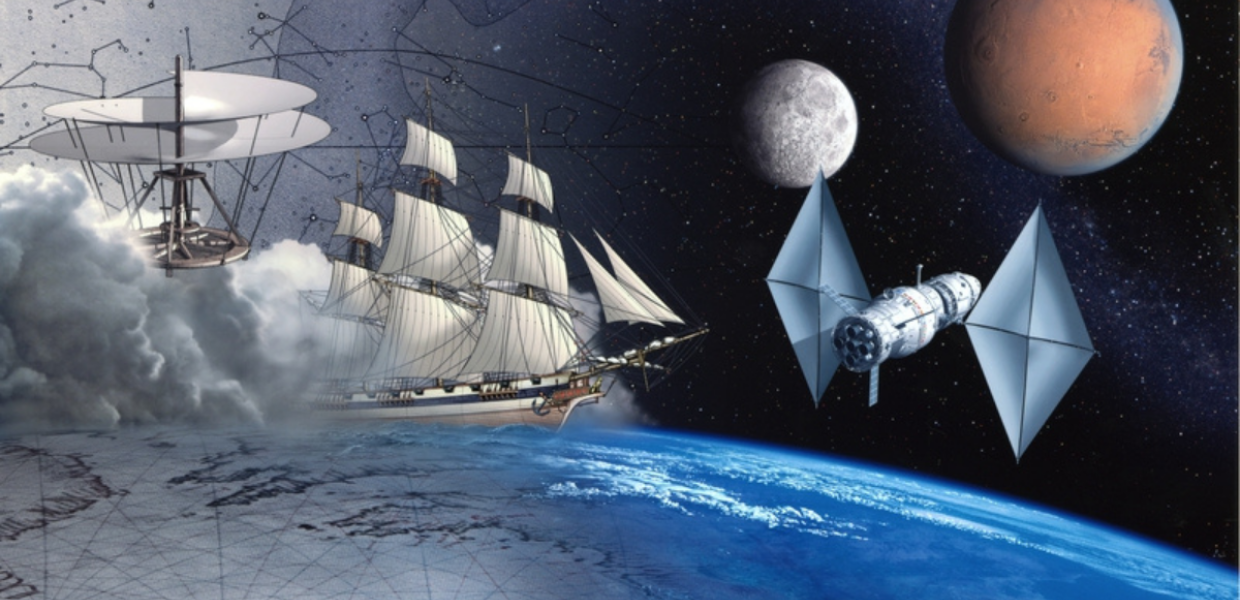Harmonised aggregation
24 partners from 21 European countries took part in the Europeana Common Culture (ECC) project, which ran from January 2019 to December 2020. The project mapped the current aggregation landscape in Europe through research and surveys, analysed the main challenges and made recommendations for improvement which have been published in a final report.
The project streamlined aggregation processes and strengthened the existing national aggregation network. It facilitated the adoption of common standards and good practices (such as the Europeana Data Model, Europeana Publishing Framework and data quality plans) across this network, and supported national aggregators through dedicated expert consultations, a virtual helpdesk and resources on Europeana Pro.
ECC also introduced new collaboration mechanisms through peer-to-peer support groups which connected more experienced aggregators with emerging ones to encourage knowledge exchange. As a result, the project helped establish the aggregation infrastructure of five emerging aggregators (Ireland, Serbia, Latvia, Estonia and Croatia), increasing the number of accredited Europeana aggregators to 38.
Capacity building
ECC delivered a rich programme of training workshops and webinars for national aggregators and the wider cultural heritage sector. The three national workshops (in Sweden, Germany and Austria) and 14 webinars covered a wide range of topics based on the needs and aspirations of cultural heritage institutions, from FAIR data to impact assessment. The programme was well received, with around 500 people in total taking part in the webinars, many of which are available as online resources on Europeana Pro.
The project also researched new, high-potential areas of aggregation development, such as crowdsourcing. The resulting study analyses the existing production and infrastructure for crowdsourced digital heritage content and metadata across Europe and makes recommendations to the Europeana Foundation, aggregators and cultural heritage institutions around a possible new aggregation scenario for such content.
Infrastructure innovations
ECC developed three applications which support novel approaches to aggregation, improve the speed and quality of the ingestion process and contribute to higher content and metadata quality.
The Linked Open Data Aggregator (LODA) pipeline, developed by the Netherlands Institute for Sound and Vision (NISV) and Dutch Digital Heritage Network (NDE), provides tools for harvesting LOD and converting it from one vocabulary into another. The Metis Sandbox application, developed by the German National Library (DNB) and Europeana Foundation, allows the processing of sample datasets according to the Europeana workflow and their preview before delivery. The third application, delivered by Trinity College Dublin, is a lightweight 3D viewer which allows the URL of a 3D resource to be easily integrated into the EDM record and shown on the Europeana website.
Improved data quality
The project improved 4.4 million records to content tier 2 and above and provided over 2 million new records to tier 3 and above. In addition, it also enhanced metadata quality, with 85% of all sets provided in metadata tier A or above.
ECC has contributed over 540,000 new items in tier 3 or above from 162 new institutions in 18 countries to Europeana’s thematic collections. A detailed overview of the enriched datasets is available in the final report. These collections were highlighted through 76 editorials (including 41 blogs, 34 galleries and 1 exhibition) which showcased 2,064 digitised cultural heritage objects from 385 cultural heritage institutions in 34 countries. The editorials were very well received with over 186,000 visits in total (Europeana Pro and general blog).
Policy advocacy
The success and sustainability of aggregation operations are strongly linked to national and regional policy support. The project developed recommendations for a digital aggregation strategy supported at both European Commission and Member States level. ECC aggregating partners will work together in the Europeana Aggregators’ Forum (EAF) to build on these recommendations and collaborate with their national representatives in the Digital Cultural Heritage and Europeana Expert Group (DCHE) to achieve recognition and endorsement at national and EU level. This will reinforce and lend visibility to the efforts of the Member States to preserve and promote their heritage by going digital.
What’s next?
The Europeana Initiative plans to build upon the project’s achievements and good practices in line with the Europeana Strategy 2020-2025. The establishment of a harmonised and coordinated aggregation ecosystem in Europe requires a long-term, sustained effort of all stakeholders. We believe that the Europeana Common Culture project marked a few important milestones in this direction and look forward to continuing to work together with national aggregators, their partner cultural heritage institutions and policy makers to empower the cultural heritage sector in its digital transformation.


